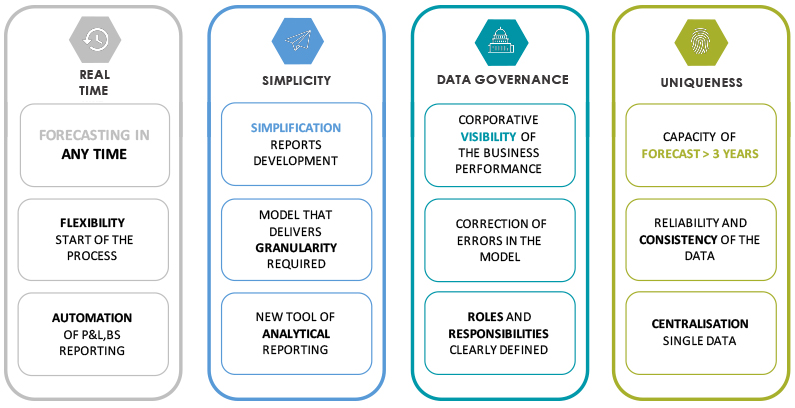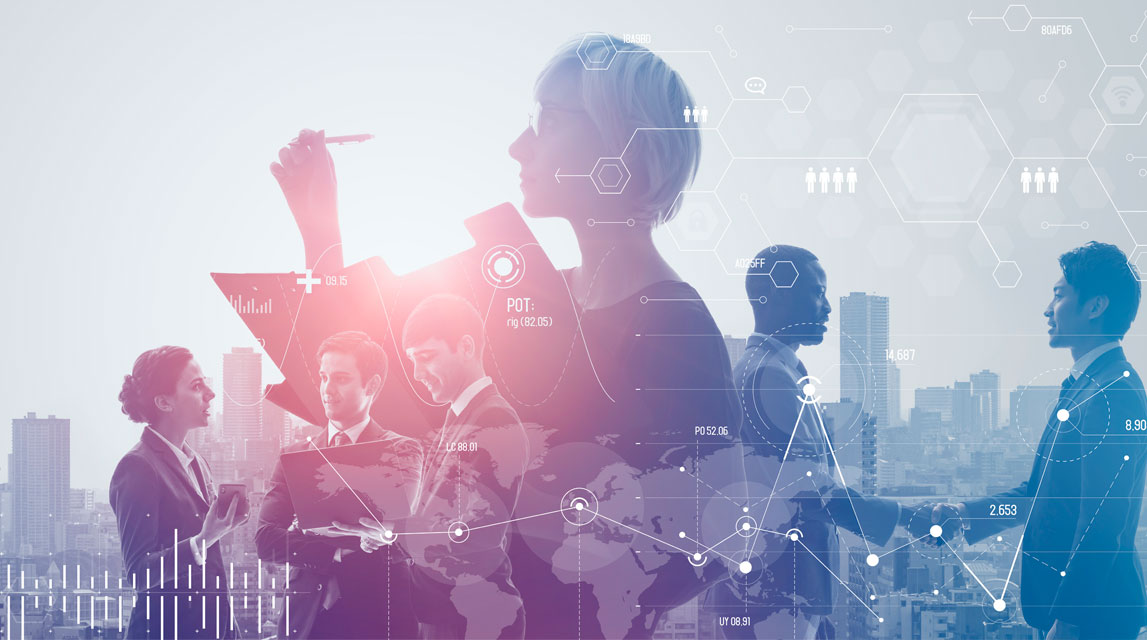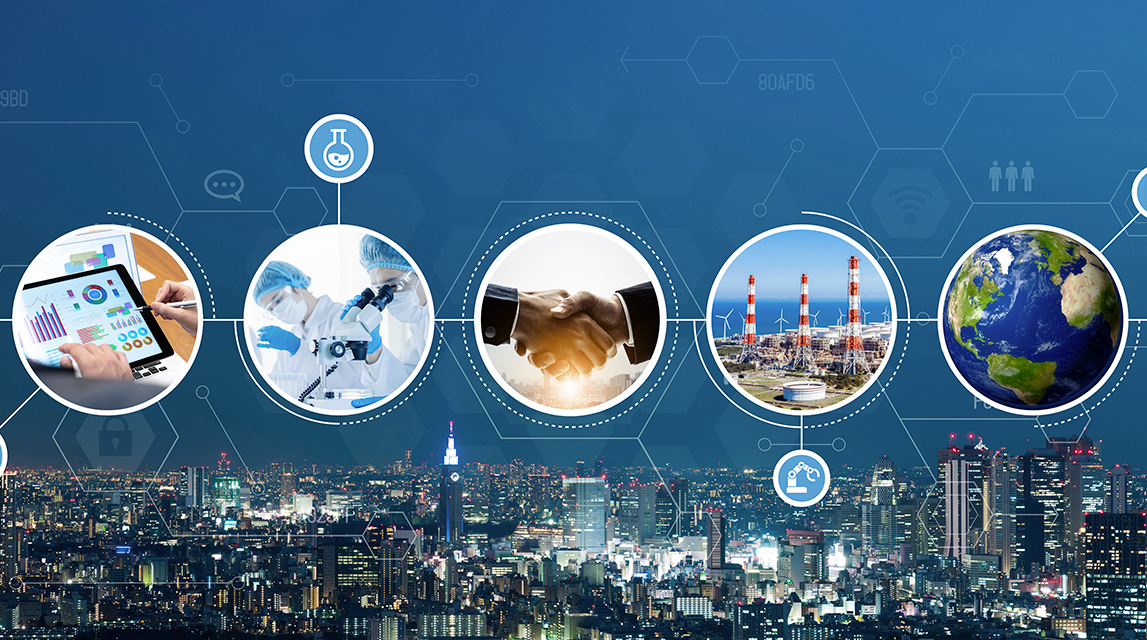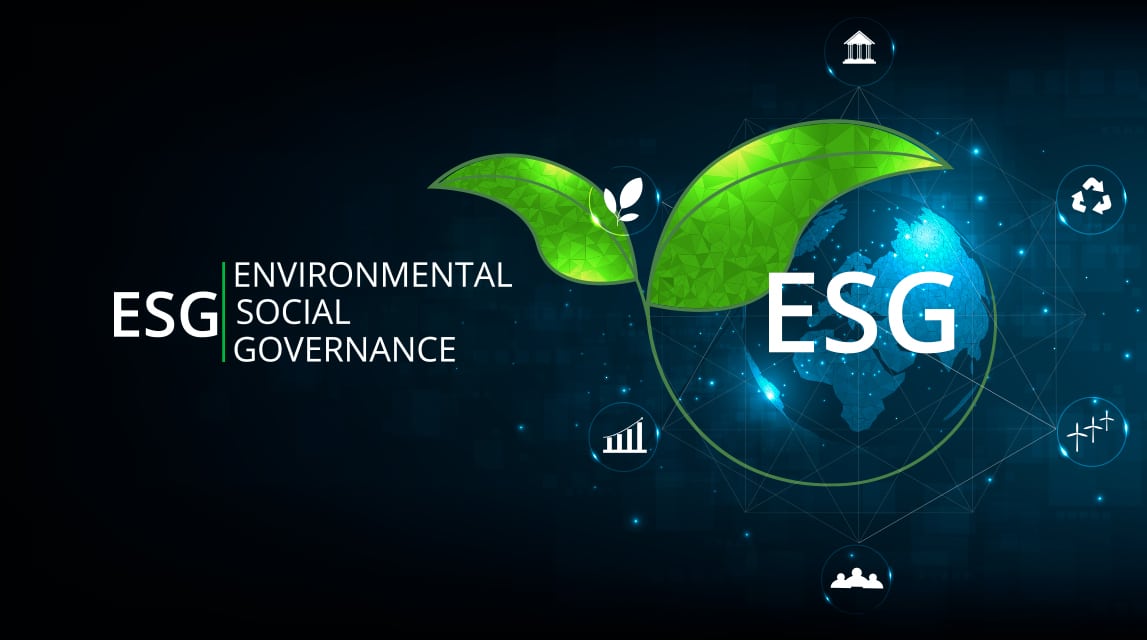During the last months, we have witnessed a 180 degrees turn in the world. In just a few days, the economic forecasts have moved from green to red. From working with our colleagues to working from home. The organizations had to make difficult decisions in just a few days surrounded by stress and uncertainty with the objective of business continuity to resemble this anormal situation to the new normality.
The majority of the organizations did not planned or contemplated this scenario. Their processes and ways of working were not adapted to this situation. It is important businesses have in place the right processes/politics and technology to enable them an agile and efficient response to any decision. It does not need to be in a volatile environment with less information where each decision implies a higher risk; they need to be ready for day-to-day decisions too, simple decisions taken in a safe environment where solutions and alternatives are much clear with less risk.
The success of the business does not rely only in making decisions that allow them to be a differentiator and innovator against their competitors, it is the quality of those decisions that matters too and that implies the access to consistent information allowing them to adapt to the day-to-day situations.
Therefore, the improvement of the decision making process demands a revision of the data model to enable them to navigate through all kind of adversities in certain or uncertain environments.
Key Characteristics in a Data Model for making decisions
The Data model remains a powerful tool for businesses to access and reconcile their historic information in order to define different scenarios based on external factors supporting the decision making from different posts of views.
From everis we know the key characteristics of the data model:

Case study
everis has been working with one of the International business leaders in construction and service delivery. The goal was to redefine the data model to elaborate updated financial reports to reflect different scenarios in the business to aid decision making.
The challenges we have faced in this project are:
- The current model is not agile for re-forecasting.
- Divergence between the different areas of the business.
- Duplication of calculations in the system (exchange rates, amortizations…).
- The need of access to consolidated information.
- Increase the level of analytical detail of the information.
Solution
For the future data model, we designed solutions to strength the model, improving the weak points identified during the analysis of the current situation.
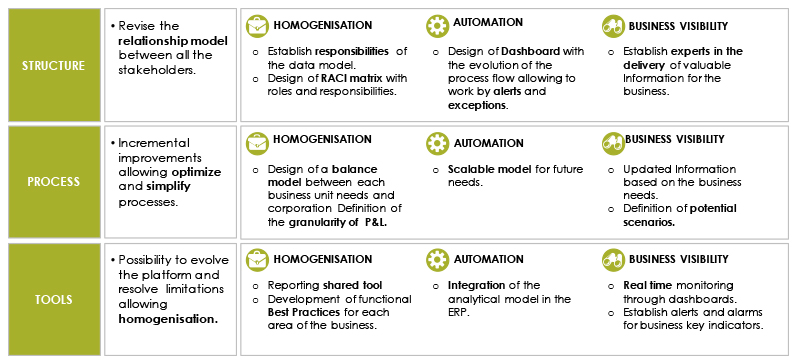
Benefits
The advantages of this solution are:
